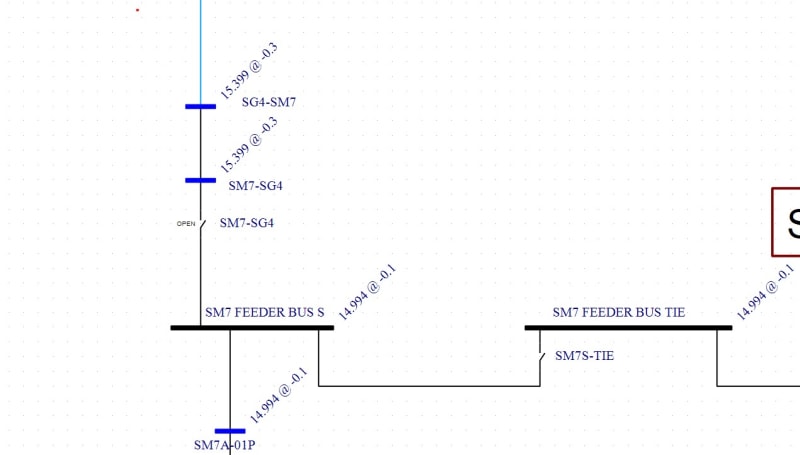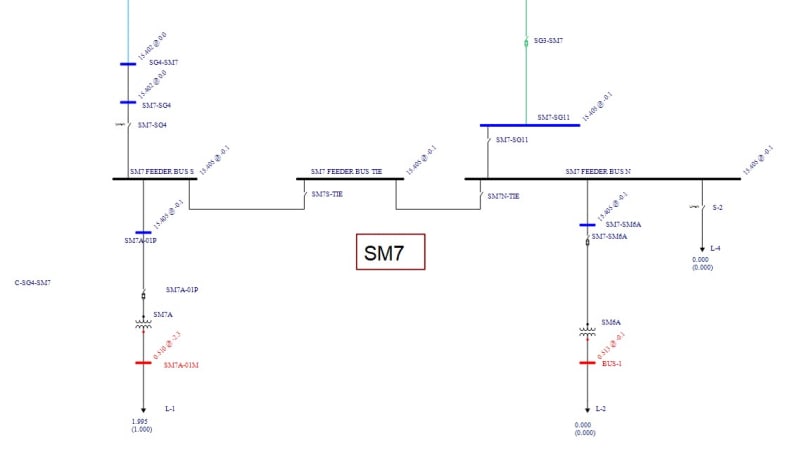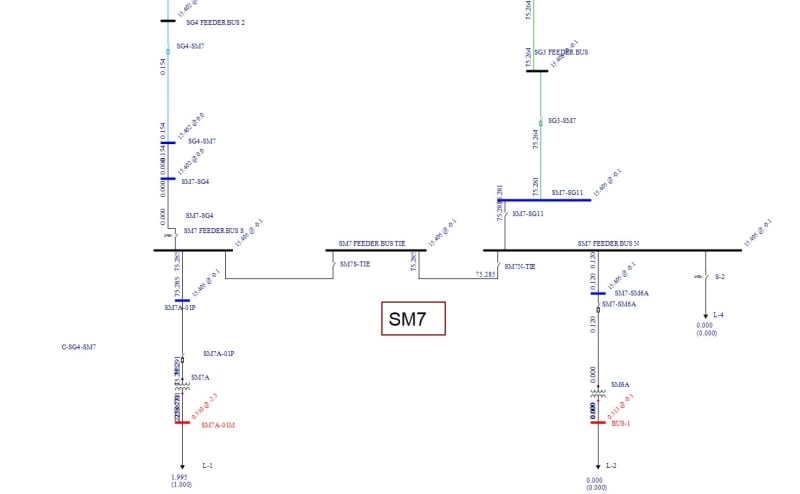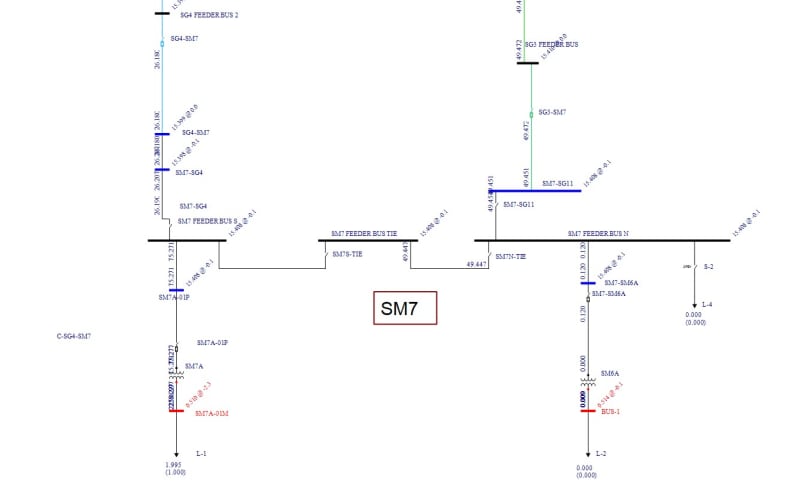I did this kind of make-then-break switching for years, and I'm with Bill; 400VAC difference on a 15 kV [ for us it was 13.8 or 14.4 kV ] is notable, but not overly excessive.
What I always did though was to pre-calculate how much VAR change would occur once the switch was closed, then, once parallel had been made, adjust the taps on the sources so that the VARs across the switch to be opened were as close to zero as possible. Note that you will be adjusting flows you can see to achieve a derived result that you may not be directly able to meter.
There may be some off-normal voltages once parallel is broken, but these can be quickly remedied by adjusting source taps to suit the new conditions.
AHJs however may take a different tack on this; bacon4life posed the question of "Does the utility permit the customer to parallel behind the meter? Some utilities require drop/pick for customers with dual feeds unless there are reverse power relays on both connections," and it's a crucial one; you may be forced to go break-before-make, taking a partial load interruption in the process [ unless there's a generator in there to carry the isolated load . . . but I digress ].
CR
"As iron sharpens iron, so one person sharpens another." [Proverbs 27:17, NIV]





